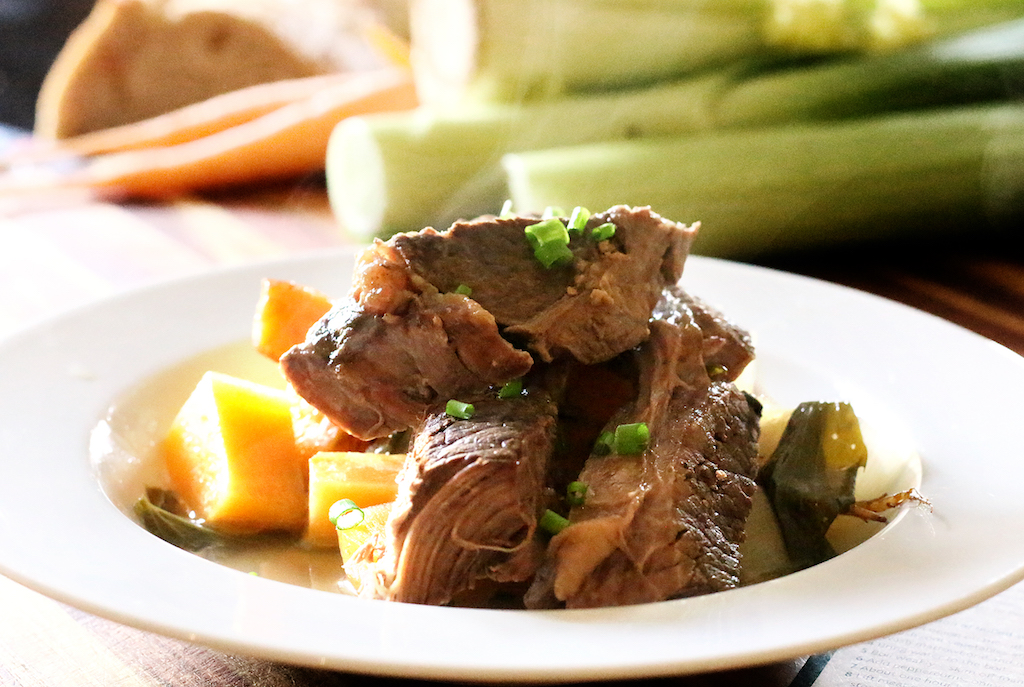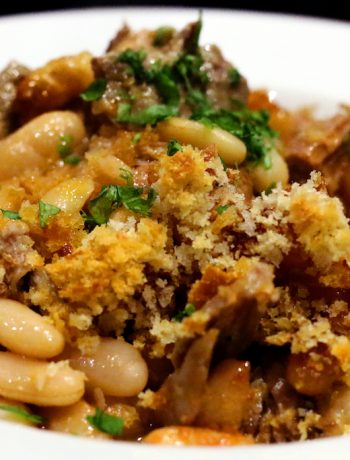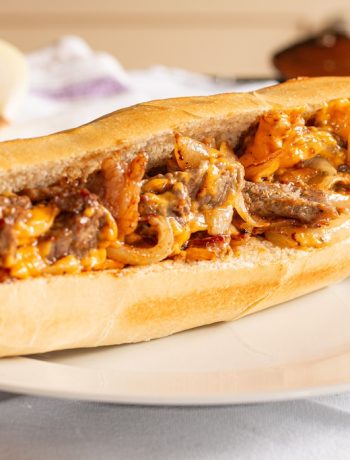June 2018 saw the death of Anthony Bourdain. Many people will go their whole lives having never heard of him, and that is a shame. From humble beginnings as a cook and chef banging out brasserie classics in steak frites joints, French-born New Yorker Bourdain took time out to write a column for the New York Times on what it was really like to be a chef. The result was explosive. Diners were shocked, and chefs became overnight heroes. A book deal followed, and Bourdain left professional kitchens to pursue a very successful career as a food writer, journalist and traveller. By 2018, when he died in a Kaysersberg hotel room aged just 61, Bourdain was ranked among the most influential and important food writers in the world.

Chef-writer Anthony Bourdain (1956–2018) – Author of ‘Kitchen Confidential,’ and a man in pursuit of sausages. Photo Bobby Fisher
In his blockbuster Travel Channel television series No Reservations, Bourdain visited cities popular and esoteric to discover what the local food was really like. In order to bypass the usual tourist recommendations, the modus operandi for Bourdain was to befriend local chefs, and take them out on a booze and food-fuelled tour of the town. The result was a clear insight into what the real food scene was, and a manageable tour of incredible hidden gems.
I became a huge fan of Bourdain via No Reservations and the later The Layover. My travel schedule was pretty hectic for a few years, and I was in danger of falling into a Hilton hotel club sandwich rut. Bourdain saved me – whenever I visited a new city I would dive onto the Travel Channel web site to find out where he had been, and I never regretted a single meal.
Client commitments meant it was rare that I managed to tick off everything on Bourdain’s list, but when I visited Vienna, luck was on my side. The client-organised night out was at one of the restaurants Bourdain visited – this was Plachutta. The next day I got some Käsekrainer (‘pus finger’) from a handy sausage stand, and that evening I ate at the gloriously rustic Gastwirtschaft Wratschko. A Bourdain full house.
Plachutta is a traditional Viennese restaurant that is known for its version of the boiled beef dish tafelspitz. Tafelspitz (or ‘tip for the table’) is traditionally served with broth as a starter. Here, the cooking liquor is skimmed off and served with a carbohydrate enricher as a thin soup. When I ate tafelspitz at Plachutta, the carbs were sliced pancakes. Once that is done you get the meat, marrow and veg, with a little of the broth spooned over. Some carefully chosen sides, such as creamy mustard dressing and a zingy horseradish, elevate the meal from peasant necessity into an unforgettable evening.
Those who know their way around braised meat joints of Europe will realise that tafelspitz is the same thing as the French pot au feu, and vaguely similar to an Italian brasato. Boiled beef is very typical of Vienna, possible because the city was a very important cattle market accessible from the grazing meadows of Hungary, Galicia and Marchfeld. Boiled beef became an important source of nutrition in Vienna, and it is said that the table of Emperor Franz Joseph I was rarely set without a dish of tafelspitz.
The recipe given here is derived from the one printed on the card I was given by the waiting staff at Plachutta, so we can be sure this is as authentic as it is going to get. I wonder if Bourdain took one home too.
Plachutta can be found at Wollzeile 38, 1010 Vienna, Austria.
Ingredients
- 50g unsalted butter
- 2 brown onions, peeled and halved
- 4 rump steaks; or fewer, larger cuts (e.g. topside)
- 4 cross sawn beef bone marrow slices
- 1 handful of lovage (parsley will do, but lovage is dead easy to grow)
- 1 turnip, chunked
- 4 carrots, chunked
- 2 sticks of celery, chunked
- 6 black peppercorns
- 4 pieces of decent bread, toasted
- Chives, chopped
- Sea salt and freshly browned black pepper
Instructions
Melt the butter in a large pan, and brown the cut surfaces of the onions.
Add the beef, lovage, turnip and peppercorns, and cover with water. Bring to a simmer, skim any impurities, and cook for 2 hours.
After 2 hours, add the remaining vegetables and the marrow, and simmer for a further hour
Once done, carefully lift the meat out and allow to rest. Adjust seasoning of the broth.
Serve the meat carved against the grain in finger-sized slices. Add the vegetables; pour over with a little of the broth, and garnish with chopped chives. Serve the marrow with a small spoon so that the beefy gloop can be spread over toast.
Tafelspitz is often served with roasted potatoes and some beef-appropritate condiments like mustard or creamed horseradish.






No Comments